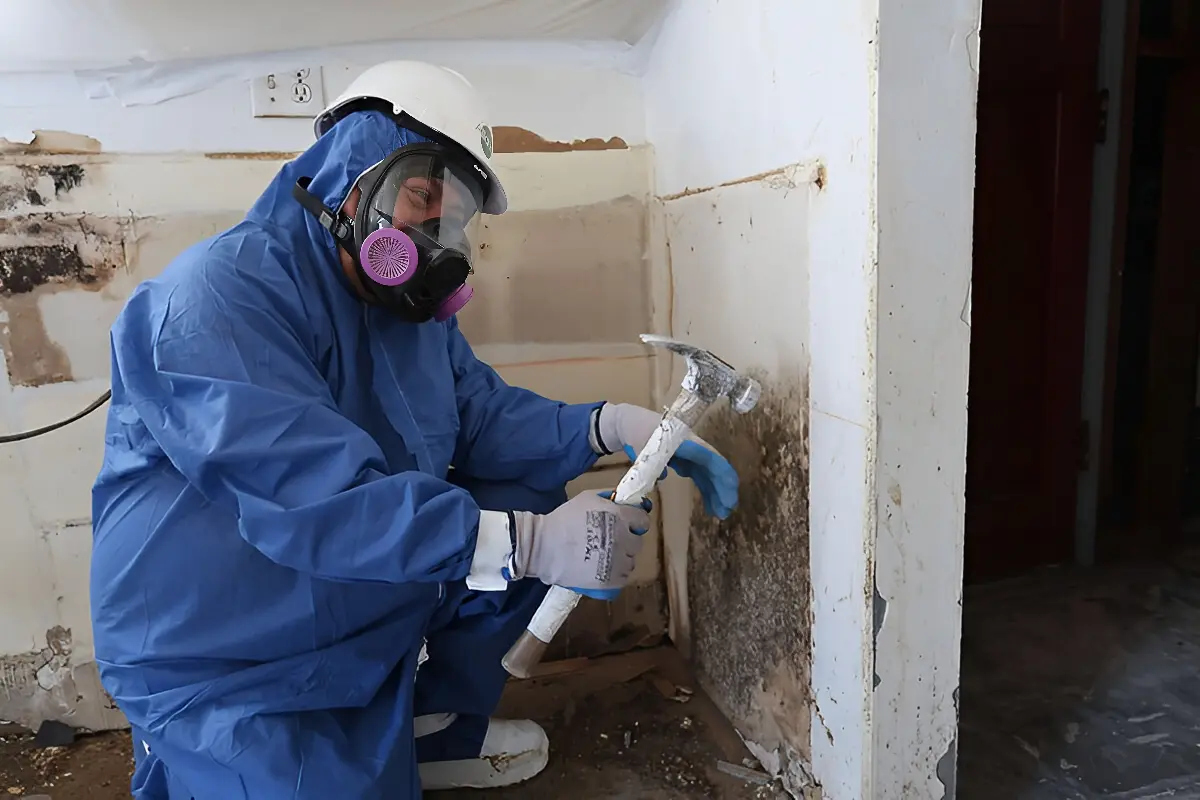Top Mold Remediation Solutions
At American Heritage Environmental LLC., we pride ourselves on being the top mold remediation experts. Our services are designed to tackle mold issues efficiently to ensure the safety and health of your property. Whether you're dealing with minor mold spots or extensive mold infestations, our team is equipped with the latest techniques and technology to restore your space.


Understanding Mold
Mold thrives in environments where moisture is present. While mold can be common in damp areas, it becomes a significant issue when it spreads and grows on materials in your home, potentially causing damage to your property and health. Mold growth can be addressed by promptly identifying the water issue and mitigating moisture in affected areas.
Why is Mold Growing in My Home
Mold growth is often triggered by water exposure, such as plumbing leaks, condensation, or insufficient ventilation. Although some mold types may not pose immediate risks, many produce allergens and irritants that can cause allergic reactions, skin rashes, and respiratory issues. In some cases, molds may even release mycotoxins, which can be toxic to sensitive individuals. This highlights the importance of addressing mold growth early to prevent both health concerns and property damage.
Health Implications of Mold Exposure
Mold-related health problems can vary. Individuals allergic to mold may experience symptoms like sneezing, watery eyes, and skin irritation. For those with asthma, mold exposure may trigger attacks. Even non-allergic individuals can experience discomfort, including irritation to the eyes, nose, and throat. While more severe health issues are rare, ongoing research continues to explore the full scope of mold's impact on health.
How to Eliminate Mold
Although it is impossible to remove all mold spores indoors, effective moisture control is key to preventing mold growth. To mitigate mold risks, ensure that areas affected by water damage are dried within 24-48 hours. If the underlying moisture issue is not addressed, mold is likely to return.
Mold Cleanup Process
If mold is already present in your home, acting swiftly is essential to minimizing damage. For small areas (less than 10 square feet), mold cleanup can typically be handled by homeowners. However, larger infestations or water damage may require professional intervention.

When to Hire a Professional
For significant mold issues, such as widespread growth or water damage, it is recommended to consult with professionals who are experienced in mold remediation. Professionals should follow EPA guidelines and industry best practices for mold cleanup. Additionally, if mold contamination is suspected in the HVAC system or sewage water is involved, specialized cleaning services are necessary.
Mold Cleanup Tips
Fix Water Problems Immediately
Address leaks and moisture sources promptly to prevent mold from spreading.
Clean Hard Surfaces
Use detergent and water to scrub mold from hard surfaces, then dry thoroughly.
Dispose of Contaminated Materials
Porous materials such as carpets and ceiling tiles may need to be discarded if they cannot be adequately cleaned.
Wear Protective Gear
Ensure safety by wearing appropriate protective clothing and equipment while cleaning mold.
Avoid Painting Over Mold
Clean and dry surfaces before painting to prevent peeling.
Assessing Cleanup Completion
In many cases, visible mold growth indicates the problem has been resolved. However, sampling may be necessary to confirm that the cleanup is complete, especially in large or hidden areas. Professional mold sampling ensures accurate results and compliance with industry standards.


Hidden Mold Investigation
Assessing hidden mold can be complex and requires caution to prevent the spread of spores. A professional mold remediation expert can conduct thorough inspections and safely address hidden mold issues. We offer 24/7 emergency services, ensuring that we're available whenever you need us. Let us help you maintain a mold-free environment with our expert mold removal services.
